Microsoft Finally Made a Perfect Laptop for Coding, Gaming, and Zooming
 Photos: Owen Williams
Photos: Owen WilliamsWhen I was hunting for a MacBook alternative three years ago, I gravitated toward the Surface Book. Its unique, detachable design blurred the boundary between tablet and laptop, while providing enough power to code and game on a single device — it felt like the best of both worlds, and I kept coming back to it, despite trying a ton of different devices over that time.
This year, Microsoft is finally back with an update to that design with the Surface Book 3. At first glance, the Surface Book 3 looks largely the same as the previous versions, but there are improvements under the hood: better performance across the board and a series of tweaks that iterate on one of my favorite laptop designs.
If you’re not familiar with the Surface Book, it’s Microsoft’s top-end portable computer. Its design uses a keyboard that can be ejected from the display, allowing you to use the Surface Book as a giant tablet, or flip the screen around entirely when you’re sitting at a desk. Unlike the Surface Pro 7, which is a tablet with a soft keyboard attached — you might compare it to an iPad — the Surface Book has a real keyboard and trackpad (and good ones at that).
I’ve been test-driving a review unit provided by Microsoft: the 15-inch version of the Surface Book 3, with a quad-core i7 1065G7 processor, 32 GB of memory, 1 TB hard drive, and a beefy Nvidia GeForce GTX 1660 Ti GPU.
After using the Surface Book 2 for the last three years, this new model feels like a breath of fresh air while remaining eerily familiar; Microsoft didn’t try to reinvent the wheel or change up the hardware too much — instead, it buffed out the rough edges from previous generations and threw in more raw power.
Microsoft took everything that wasn’t quite perfect about the previous version and fixed it.
The Surface Book 3 is a fast computer that’s capable of essentially any workload I can throw at it; I write PHP in PHPStorm and Docker, then switch gears and jump into a quick match of Overwatch without skipping a beat. With so much memory, it can happily handle all of this, without breaking a sweat.
This is where I notice the biggest difference. While the previous generation was powerful, it could easily fill that 16 GB of memory with complex tasks like writing code, but with 32 GB of memory the potential feels limitless. There are big improvements in the 1 TB and 2 TB versions specifically, with Microsoft putting in an extra-fast solid state drive (SSD) for developer-focused tasks, like handling node modules and Docker virtual machines, which makes a noticeable improvement when you’re using Bash on Windows every day.
Because the majority of the Surface Book’s guts are embedded within the display, other reviewers have been quick to point out that the processor is a lower-wattage version, at 15W, than that of competing laptops in order to keep the machine cool enough in the limited space available. That’s a design compromise Microsoft chose in order to make the detachable tablet part of the laptop work, and means it won’t perform as fast as a comparable 15-inch clamshell laptop like the MacBook Pro.
For my own day-to-day, with a bunch of coding, meetings, audio editing, and gaming, I had no problems with bottlenecks at all, so it’s a compromise I’m willing to accept in exchange for the ability to use the Surface Book in a bunch of different formats. It’s something to be aware of, but I don’t think it’s a reason to avoid the Surface Book, even for those doing heavy workloads, because it’s a design choice that enables the ability to switch between tablet and laptop.
There’s an argument to be made that this decision, especially given that the Surface Book is at the “top end” of the lineup, means it’s going to lose in a performance race against a traditional laptop, like the MacBook Pro, which is true. If you’re interested in raw power alone, the Surface Book 3 is limited by its form factor, but I think that was a choice Microsoft made in exchange for a device that’s much more versatile and can adapt to the way you want to use it.
Another refinement that makes a big difference this time around is in the Surface Book’s unique undocking mechanism. Like previous generations, this new model detaches when you push a dedicated “eject” key on the keyboard, but this time around it’s dramatically faster to actually detach, making the experience a little more magical.
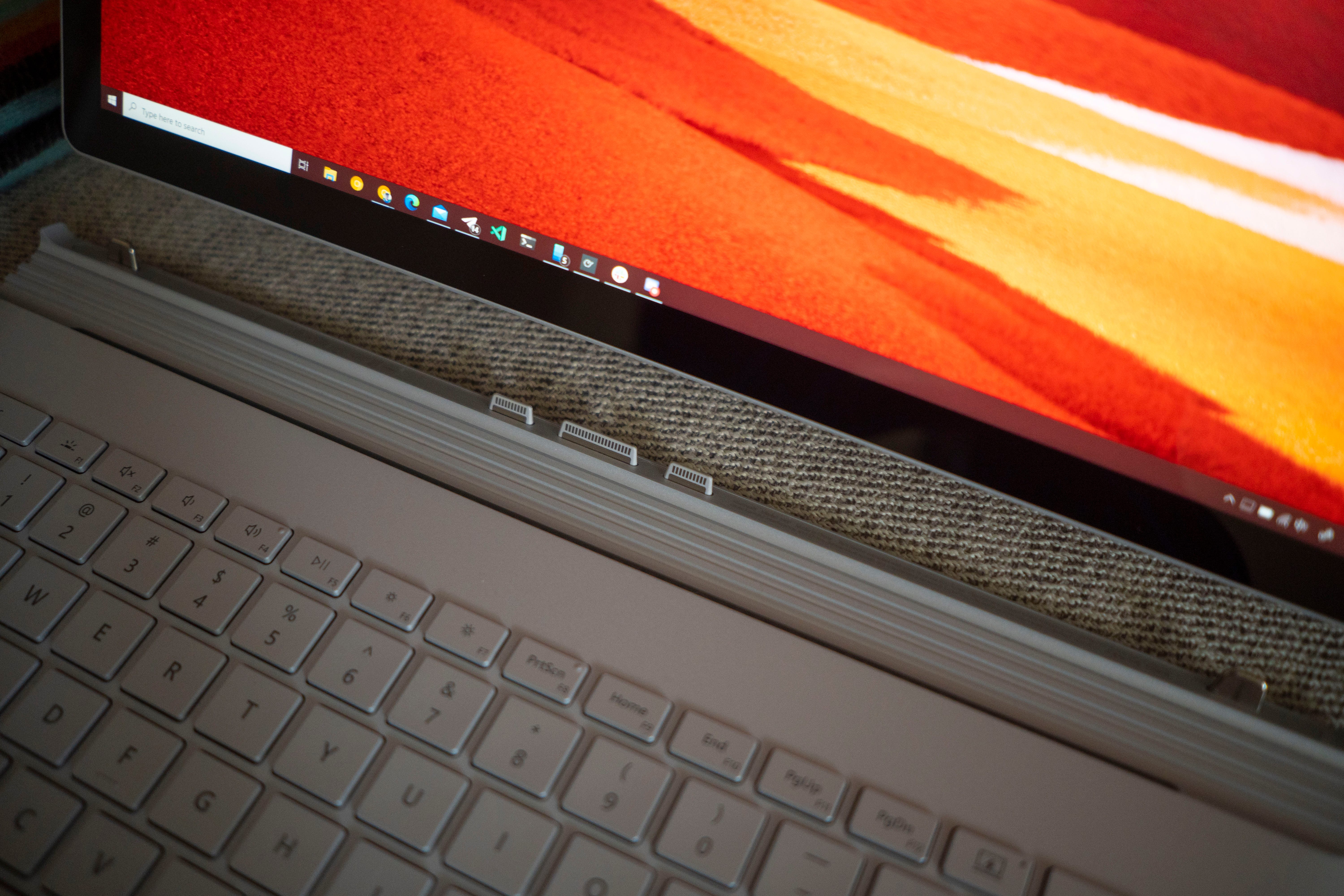
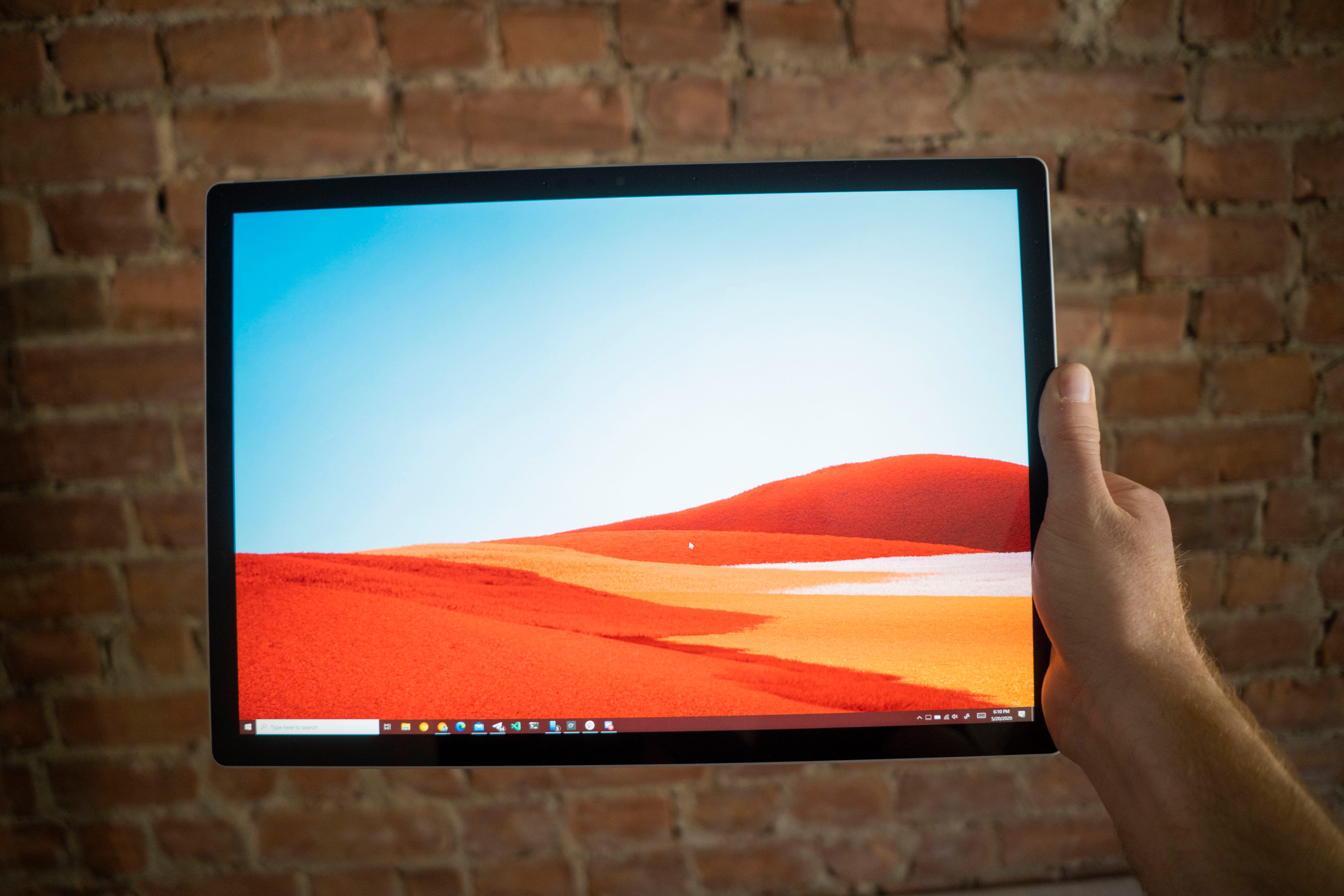
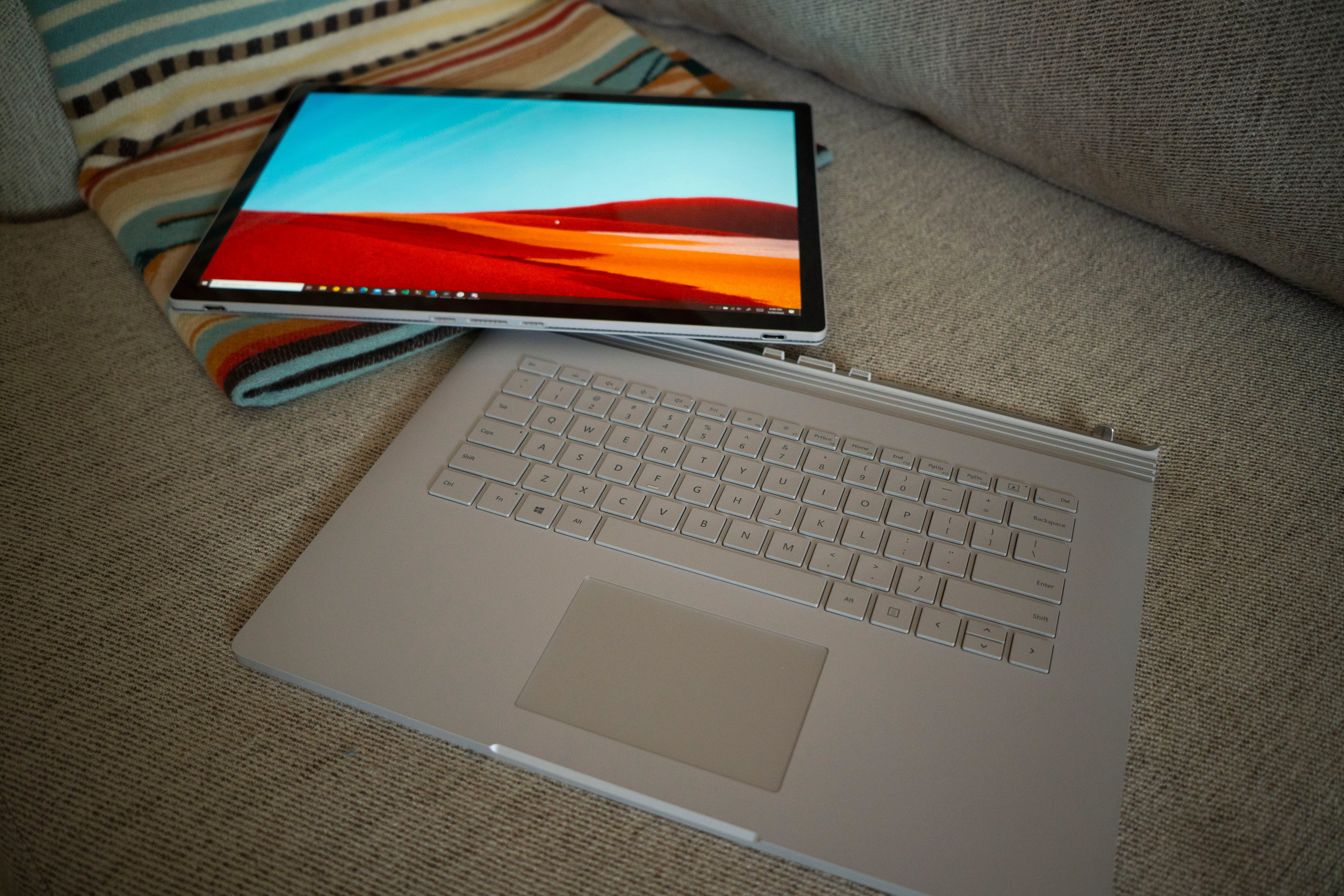
Another issue resolved in that undock process is software-side. Previously, you were forced to manually close an app or game that was relying on the GPU before moving into tablet mode, because the GPU was embedded in the keyboard along with a second battery. Windows now tries to seamlessly hand it off to the integrated graphics—a slower, but battery-friendly graphics chip that’s embedded alongside the CPU—instead, or offers to force the app closed on your behalf.
On that note, if you were wondering whether the Surface Book 2’s keyboard works with this new model, the answer is absolutely not, and I don’t recommend you try it. Given they share the same connectors, I figured they might be compatible, allowing me to swap out the base for extra battery power, but while the new model locks onto the older base, it doesn’t work — and gets stuck onto the device until you perform a manual eject with a paper clip.
There are big improvements to connectivity as well, including improved USB-C support. My Surface Book 2 was hit-or-miss when using USB-C docks in particular, with some not functioning fully (or at all), and the device complaining when using a USB-C charger rather than the included magnetic one.
Now it works exactly as you expect: I plug in a USB-C dock to power my 4K display and accessories, as well as getting a charge at the same time. There’s still only one USB-C port, which is a shame, but I’m happy to have the old-school USB ports as well, given that not every device I own has the new connector yet.
Across the board, this is the story of the Surface Book 3: Microsoft took everything that wasn’t quite perfect about the previous version and fixed it. Face unlock (Windows Hello) is incredibly fast and reliable now, the webcam is crisp 1080p quality compared to the potato in my MacBook Pro, and Microsoft threw in “studio” microphones, which cancel out background noise for video calls. All of these are minor improvements come together to make a great machine, and it shows.
Compared to my three-year-old Surface Book 2, it feels like a familiar, fine-tuned rocket ship: a souped up version of what I already love. When I spoke to Microsoft about the Surface Book on its announcement day, I joked that I had been worried that the company wasn’t going to update it, or would abandon the design in pursuit of a thinner construction or new aesthetic, as Apple does every few years. That’s the difference, however, between the two companies: Microsoft is committed to making its hardware better over the years, rather than completely retooling to the next thing every generation and throwing out ideas that work.
As someone who wears a lot of different hats during the day, from manager to coder at night, I appreciate a computer that can handle it all, and three generations in, the Surface Book 3 still feels like a computer from the distant future.
WRITTEN BY
Owen Williams

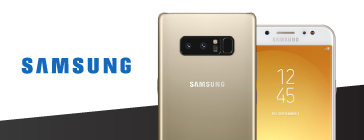
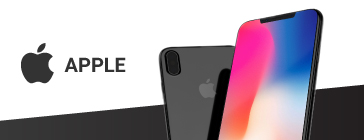
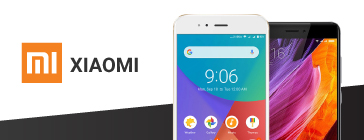
No comments: